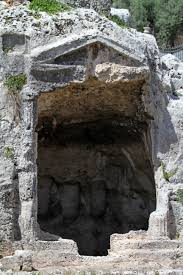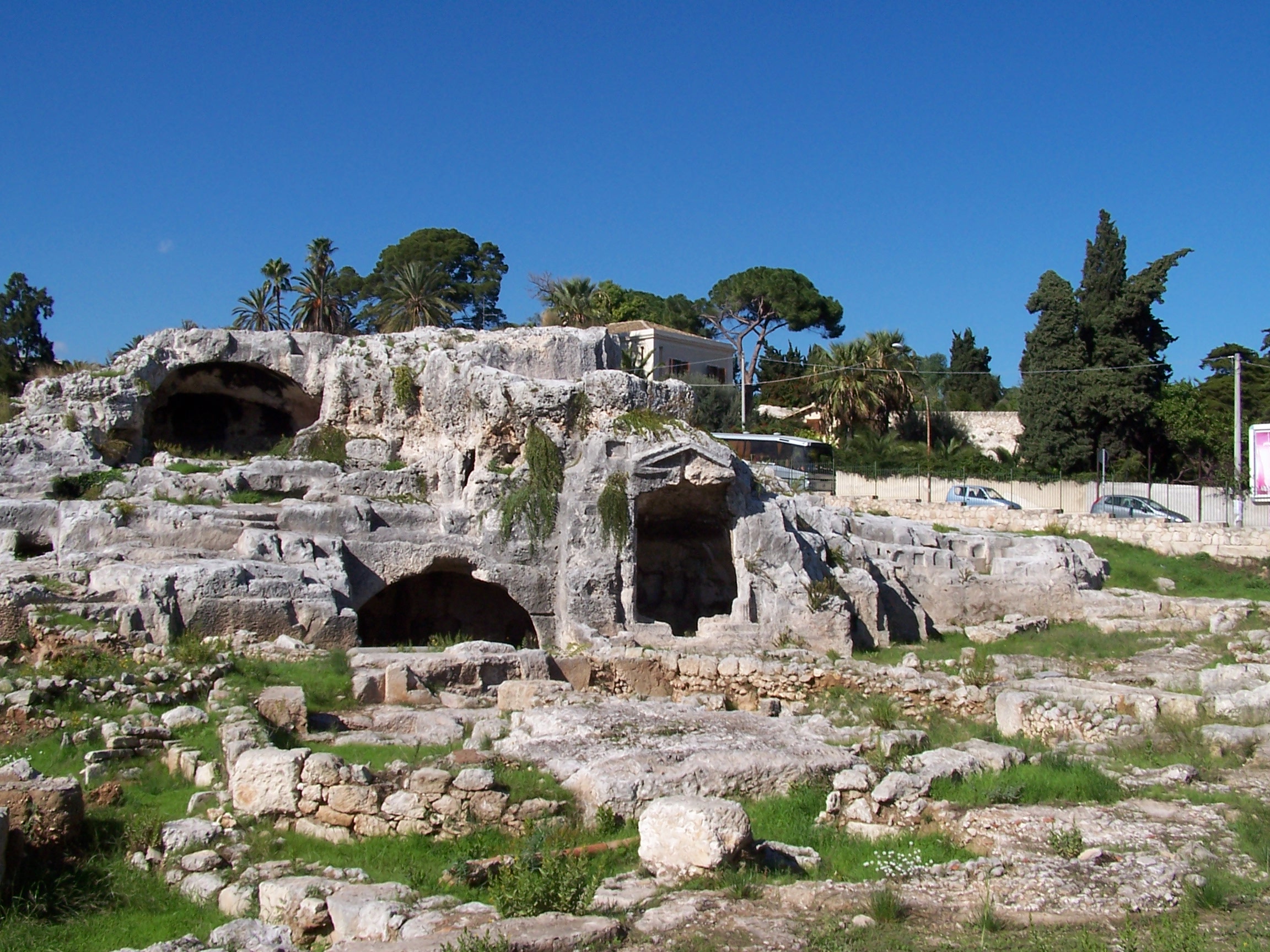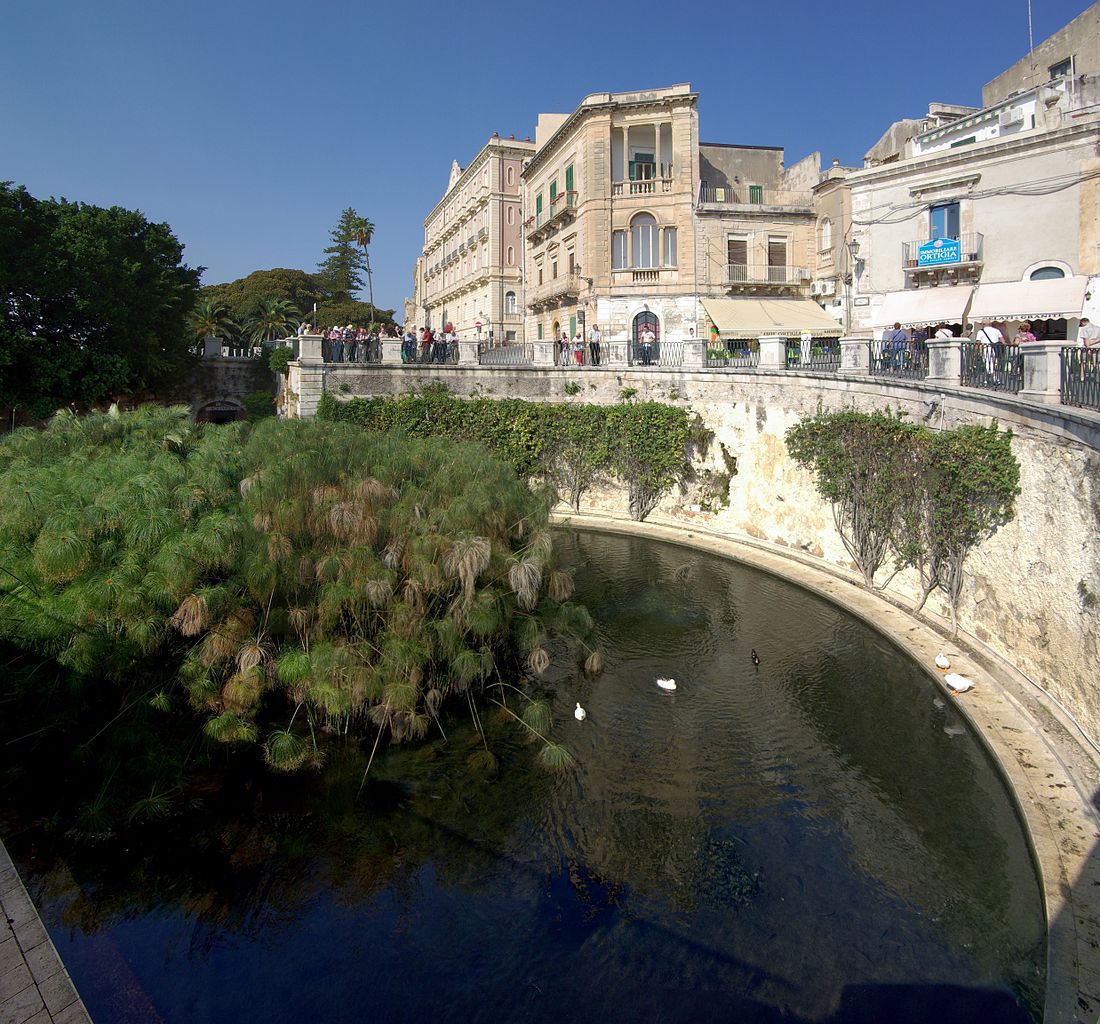Not too far from the Neapolis Archaeological Park, in the rocky area to the north of the park, there is a large Greek-Roman cemetery area called “Grotticelle Necropolis”.
The Grotticelle Necropolis presents the first traces of burial dating back to the Siculi of the Bronze Age, but its intensive use began in the Greek period V°-IV° century BC, and reaches its maximum glory in the Hellenistic period (III century BC), and then abandoned for a few centuries, and then be used again in the first century BC, in Roman times.
It is entirely excavated in the rock of Latomia di Santa Venera, located not far from there to the north; Grotticelle Necropolis was also used as latomia, as evidenced by the blocks of stone and their position, which are still visible today.
The term “Grotticelle” derives from the transformation that took place to ancient Roman columbariums (a kind of Roman tomb built to contain the ashes of cremated) that initially served for their original use but after being expanded in later periods, changed their purpose, turning them into homes.
Some excavations have brought to light a stretch of ancient road dating back to the Greek period, and some remains of wall structures that are thought to be attributable to the existence of a possible sacred building even more ancient.

Traditionally, we know that to characterize the large area is the presence of the famous “Tomb of Archimedes”, which differs, for its structure, from the rest of the burial area. This difference can still be seen today thanks to the presence of a triangular tympanum (architectural element placed at the top of the facade) that contains inside niches used to house funerary urns.
According to an official historical version, the Roman general Marcello, grieved by the murder of Archimede (famous in the city of Syracusae), ordered in his honor a funeral ceremony and a proper burial. The general then built a tomb dedicated to Archimedes, this majestic structure was surmounted by a stone plaque or column on which he engraved a sphere inscribed in a cylinder with an epigraphic statement typical of one of his theorems, as a primary symbol of his discoveries.
Of the finding of his tomb, he left the testimony of the real burial place, the Roman orator, writer and philosopher Marco Tullio Cicerone,
UNFORTUNATELY, THE TOMB OF ARCHIMEDES CANNOT BE ACCESSED, BUT IT CAN BE ADMIRED FROM THE OUTSIDE FENCE.



